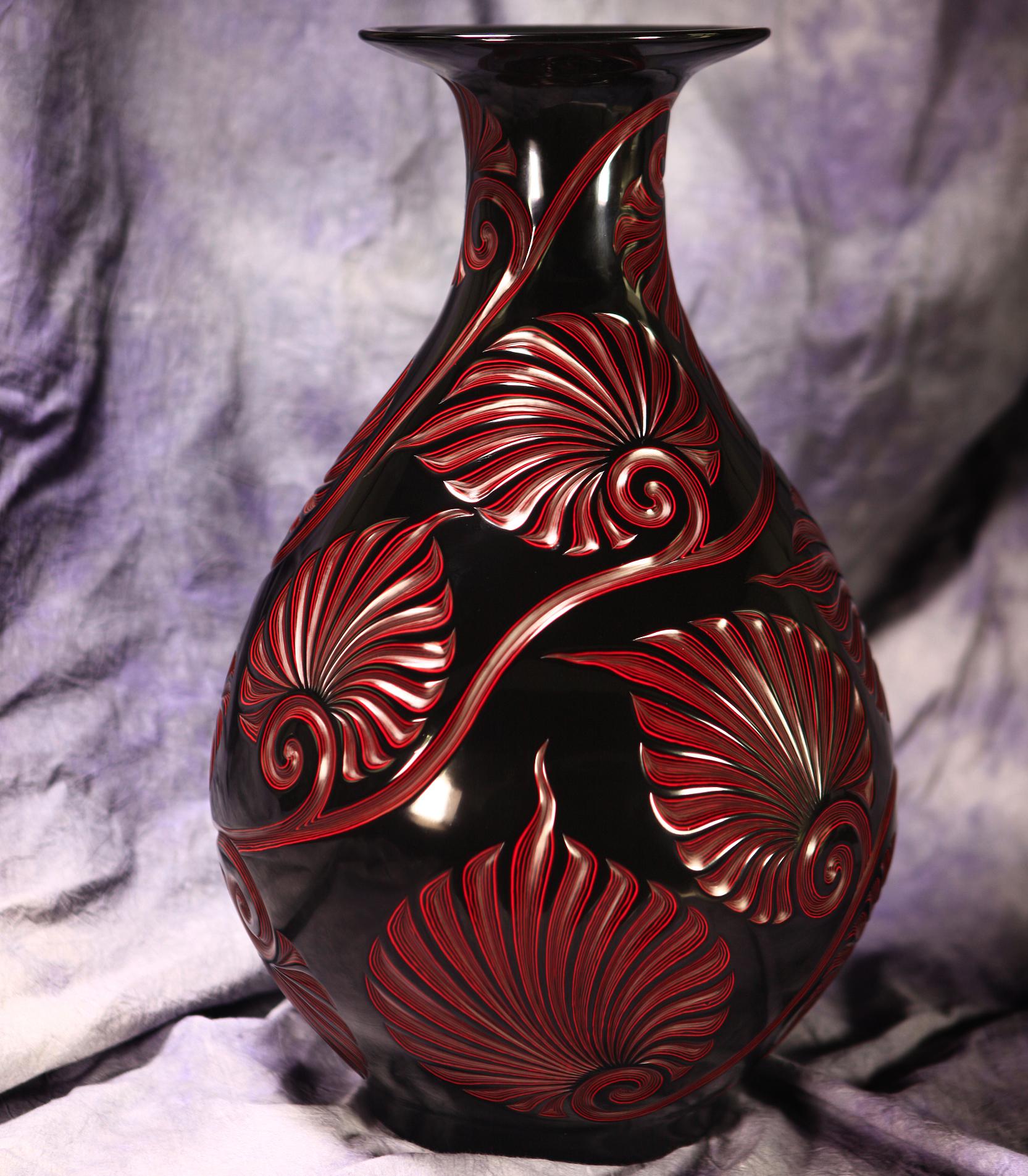Ancient Chinese Art of Lacquer Painting

The ancient Chinese art of lacquer painting. (PHOTO: VCG)
By?BI?Weizi
Lacquer painting is a technique of decorating the surface of an object with raw or refined lacquer, supplemented by gold, silver, jade, inlays, color and other materials through a series of processes. The shiny lacquer coating is most often made from resin extracted from trees and waxes.
The art of lacquer painting enjoys a long history in China. There are many records of primitive lacquerware in ancient literature. Han Feizi notes that painted wood was used as a utensil in the time of Yao and Shun (2355–2185 BC), and lacquer was used as a sacrificial vessel in the time of Dayu (2070 - 1600 BC), indicating that lacquer was used in China as early as the legendary Yao, Shun and Yu era.
However, archaeological discoveries predate the written records. The earliest known lacquer ware is a wooden vermilion lacquer bowl excavated in 1978 at the 6,000 - 7,000-year-old Hemudu site in Zhejiang province. Due to its excellent qualities such as durability, corrosion resistance, moisture resistance, and decorative properties, lacquer ware had been favored by ancient Chinese and widely used in daily life.
There are few works on lacquer and lacquerware in Chinese history, and most of them have been lost. The only existing monograph on ancient lacquer work is "The Record of Painting" written by Huang Cheng in the Ming Dynasty (1368-1644). It is the most significant document to study the history, raw materials and techniques of lacquer work in ancient China.
Thousands of years of development and achievements of Chinese lacquer craftsmanship have influenced the whole world, first in East Asia, Southeast Asia, and then in Western Europe and North America. Traditional Chinese lacquer crafts have made significant contributions to human civilization.






